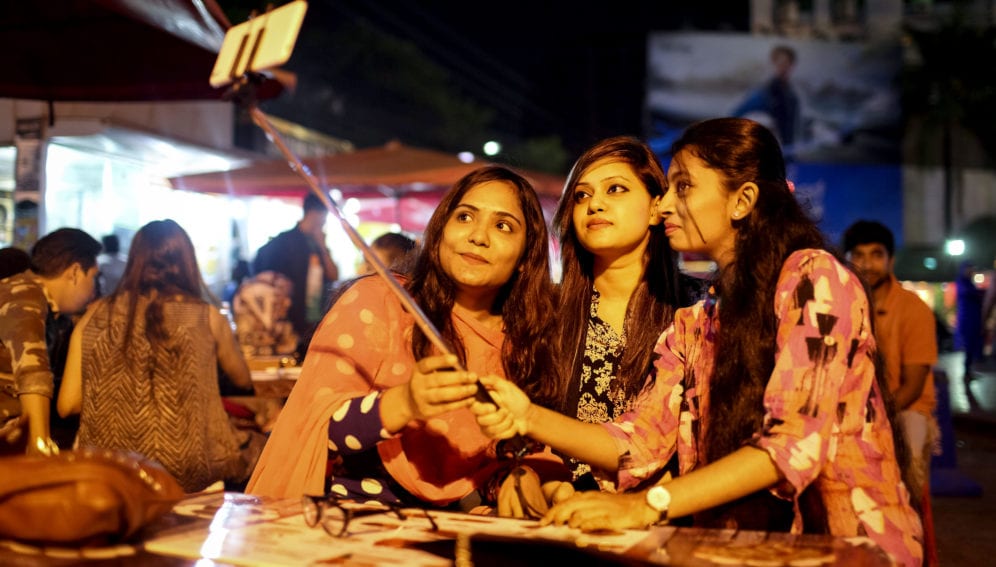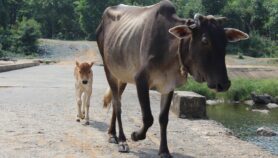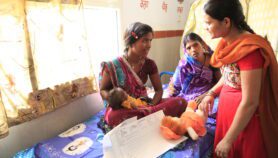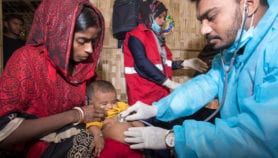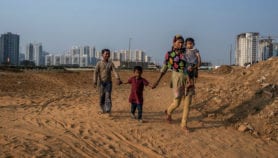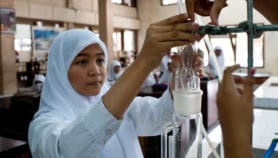Send to a friend
The details you provide on this page will not be used to send unsolicited email, and will not be sold to a 3rd party. See privacy policy.
Way back in 2000, as a visiting professor of communication in the University of North Dakota in Grand Forks, I asked my class of nine American freshmen-sophomore students what they thought about same-sex marriage, which was then becoming common.
所有人都没有击打眼皮说还可以。那是17年前,他们已经19至20岁了。作为菲律宾的老式高级教授,我感到震惊,但没有表现出来。那时我还没有意识到,但是我的学生是美国现在称为千禧一代的75至80万年轻人的一部分。当时,他们已经在发送电子邮件,在线聊天,使用手机,台式计算机和互联网。
Fast forward to 2017. A few weeks ago (15 November) young Australians were celebrating wildly, dancing and cheering in the streets, after the country voted to allow same-sex marriage. History had come full circle it seemed. Will this signal a movement towards widespread legalisation of same-sex marriage, which only a generation ago had seemed so unthinkable?
我们是否老年人喜欢与否,更多的哟ung people now inhabit this world and their values are changing. They are the millennials, the largest such generation in history. Some 1.8 billion out of the 7 billion global population — and they love smartphones.
Who are the Millennials?
According to theMerriam-Webster Dictionary, millennials are those born between the early 1980s and mid-1990s, with some definitions stretching a bit to include those born in the early 2000s。
它们也被称为Y世代,在X世代之后 - 那些出生于1960年代初和1980年代之间的那些。Advertising Agewas one of the first to coin the term‘Generation Y’ in 1993 but the term did not catch on.
时间magazine (May 2013) has cited a decade of sociological research to say thatMillennials "want flexible work schedulesand more 'me time' on the job". The时间magazine called this group the “The Me Me Me Generation” — "They're narcissistic. They're lazy. They're coddled. They're even a bit delusional.”
Another interesting generalisation is that this generation may be having less sex than any other generation before it, according to the US Centres for Disease Control and Prevention (CDCP) in 2016. [1]
However, attempts to generalise about an entire generation is futile. The truth usually lies somewhere in between. Discussion of American millennials tends to focus mostly on white youth from suburban areas, ignoring immigrants and minorities.
Are the first-world millennials lazy and do they carry around a sense of entitlement? Not really. They are very much involved with social issues.
Millennials, according to surveys byFusion,正在争取社会问题,例如性别平等,工作场所的多样性,性别认同,跨性别权利,同性婚姻和环境。beplay足球体育的微博
“Whether we senior citizens like it or not, more young people now inhabit this world and their values are changing.”
Crispin Maslog
Millennials and science
Born into the space age, it’s no surprise that millennials have a love affair with science. To quote Elise Andrew, founder of the web publication “I F*cking Love Science”:
“This is how most millennials feel about science — curious and awestruck. And they can’t get enough of it. They’re reading about science at their jobs and in their free time, in peer-reviewed journals or on维基百科。But what makes millennials’ interests different from the scientific interests of every previous generation?”
“他们通过社交媒体复杂且一致地联系在一起。与前几代人相比,他们与宗教机构有关联的可能性较小。”她补充说。[2]
安德鲁斯的网络出版物,”I F*cking Love Science“ 2012年推出,目前有超过1800万的赞Facebook。In comparison, Popular Science has 2.8 million likes andScientific Americanhas about two million. The publication’s millennial founder, 28-year-old Andrew, has never worked with mainstream media.
It is no surprise that millennials and new technology are seen as twins. The millennials were born when personal computers, the Internet and mobile phones were becoming widespread and proliferating each year.
Andrew noted: “The rise of social media has also blurred the lines between high-brow and low-brow science . . . When millennials get excited about science, they post it onFacebook— and when they see a gorgeous photo of deep space on Twitter, it can open a new avenue of scientific exploration . . . one issue that millennials will likely put their talents toward solving is climate change." [2]
Asia–Pacific millennials
Google search will show that most millennial research has been US-focused. How do the Asia-Pacific millennials compare?
There are 600 million millennials in the Asia-Pacific region, and they are not homogeneous. These 16—34 year olds belong to countries in the region that range from Third World to First World. [3]
像美国千禧一代一样,中国的Y一代被描绘成“莫莉编码,自我吸收,过度私有的,政治上没有接触的小子”。他们在1979年引入了中国的单子女政策之后,只有一个孩子抚养长大,并在前所未有的繁荣时期享受了长者未知的机会。
But Eric Fish, author ofChina’s Millennials: The Want Generation,disagrees, saying that “definition short changes a diverse 250 million-strong group who are themselves now facing major hurdles as theircountry’s astonishing economic boom loses steam。” [4]
He thinks young Chinese today face problems and “most daunting of all is the looming responsibility of caring for their elderly parents, without the help of siblings, while possibly raising families of their own”.
Chinese millennials also face issues similar to those of their counterparts in developed countries, like lack of job opportunities. Nearly 7.5 million graduates from Chinese universities last year could not find jobs in a sputtering economy. Meanwhile, Chinese millennials are becoming more outspoken about the problems of their society, a situation that is likely keeping China’s leaders worried.
The other Asian giant, India, has at least6亿千禧一代。India’s Generation Y is better educated and has a higher disposable income. This means more opportunities to travel, work and study abroad, and to buy their own homes. They are optimistic and their aspirations match those of America’s baby boomers. [4]
Among South-East Asia’s 200 million millennials, ecommerce is the name of the game. It is getting a lot of attention in markets like Indonesia, Malaysia and Singapore, with the majority of shoppers naturally being millennials.
A recent survey reveals 83 per cent of Indonesian and 79 per cent of Filipino millennials look to starting their own businesses online. [5]
In the Philippines, there has been adramatic increase in the number of stay-at-home workers。The country’s online freelancers earned more than US$207 million in 2010—2014.
Mark Zuckerberg is arguably the best poster boy for the millennials. We have come to a point today where we can look back on our lives as two distinct periods — pre-Facebook and post-Facebook.
What Zuckerberg and his classmates at Harvard started as a social network for their friends has today become the biggest website in the world of 1.5 billion people, or 20 per cent of the world’s population. And 33-year-old Zuckerberg is now worth US$46.7 billion.
As poster girl for the millennials, I nominate 20-year-old Malala Yousafzai. This Pakistani girl was shot point blank in the head by the Taliban for daring to espouse education for girls in her country. She survived, the embodiment of courage, continued with her crusade and jointly won the Nobel Prize in 2014.
So, move over Gen Xers, Baby Boomers and Jurassics. The Millennials are here.
Crispin Maslog is a Manila-based consultant for the Asian Institute of Journalism and Communication. A former journalist, professor and environmental activist, he worked for the Press Foundation of Asia and the International Rice Research Institute.
This piece was produced by SciDev.Net’s Asia & Pacific desk.
References
1.道格拉斯主Who are the Millennials?(Live Science, 8 September 2017)
2. Alexandra OssolaWhy Millennials &%#@! Love Science(The Atlantic, 29 October 2014)
3. Reaching Affluent Millennials (英国广播公司,2017年4月)
4. Vidhi Doshi, Tom Phillips, Murithi Mutiga, Matt Sandy and Louise BragadoMillennials of the developing world: new freedom, new obstacles,(监护人,2016年3月18日)
5. Leighton Cosseboo千禧一代驾驶东南亚的9种方式’s tech boom(Tech in Asia, 18 November 2015)


